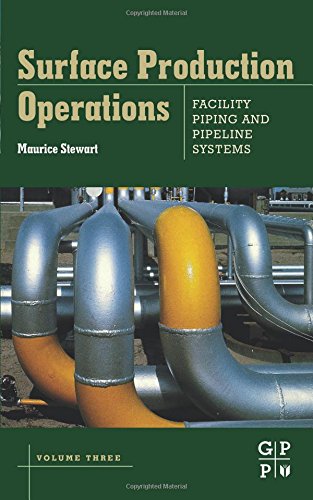

Most ebook files are in PDF format, so you can easily read them using various software such as Foxit Reader or directly on the Google Chrome browser.
Some ebook files are released by publishers in other formats such as .awz, .mobi, .epub, .fb2, etc. You may need to install specific software to read these formats on mobile/PC, such as Calibre.
Please read the tutorial at this link. https://ebooknice.com/page/post?id=faq
We offer FREE conversion to the popular formats you request; however, this may take some time. Therefore, right after payment, please email us, and we will try to provide the service as quickly as possible.
For some exceptional file formats or broken links (if any), please refrain from opening any disputes. Instead, email us first, and we will try to assist within a maximum of 6 hours.
EbookNice Team

Status:
Available4.5
21 reviewsSurface Production Operations: Facility Piping and Pipeline Systems, Volume III is a hands-on manual for applying mechanical and physical principles to all phases of facility piping and pipeline system design, construction, and operation. For over twenty years this now classic series has taken the guesswork out of the design, selection, specification, installation, operation, testing, and trouble-shooting of surface production equipment.
The third volume presents readers with a "hands-on" manual for applying mechanical and physical principles to all phases of facility piping and pipeline system design, construction, and operation. Packed with charts, tables, and diagrams, this authoritative book provides practicing engineer and senior field personnel with a quick but rigorous exposition of piping and pipeline theory, fundamentals, and application.
Included is expert advice for determining phase states and their impact on the operating conditions of facility piping and pipeline systems; determining pressure drop and wall thickness; and optimizing line size for gas, liquid, and two-phase lines. Also included are a guide to applying international design codes and standards, and guidance on how to select the appropriate ANSI/API pressure-temperature ratings for pipe flanges, valves, and fittings.